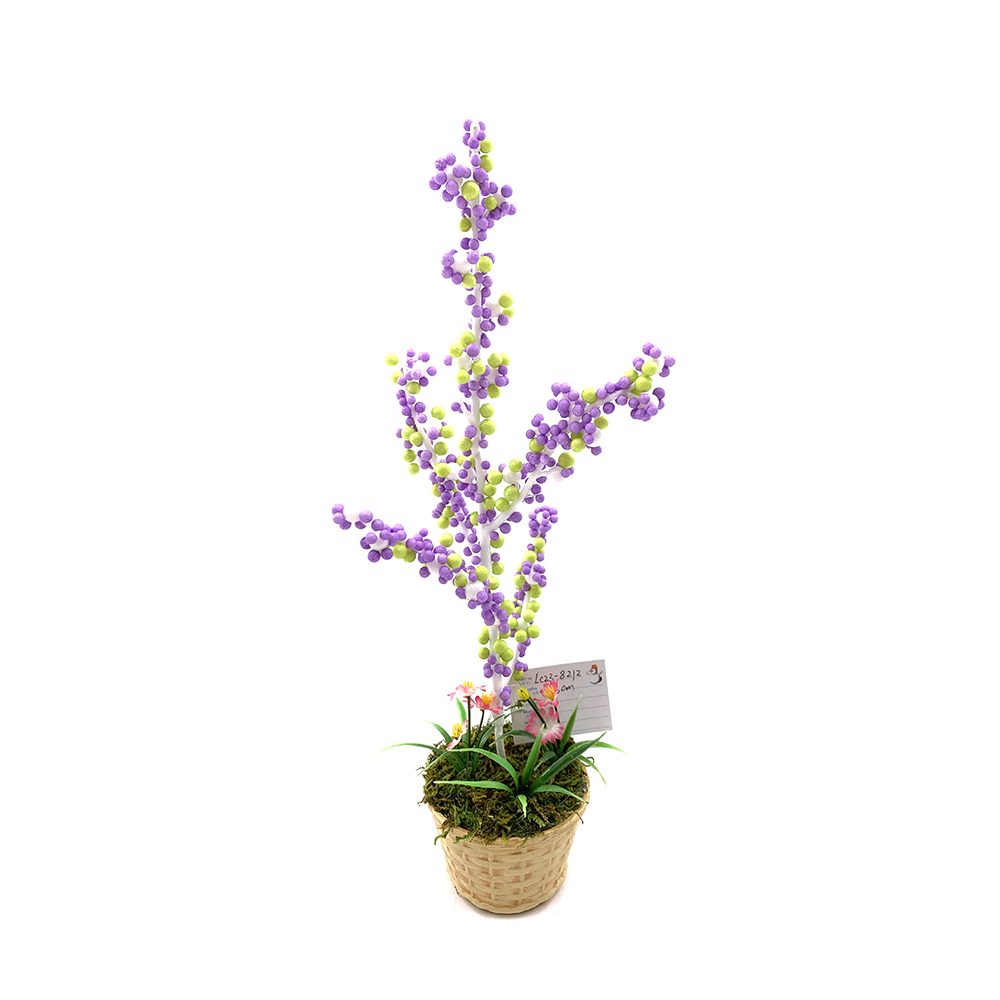May , 2025 , 06
By Sweetheart
Over the past century, Christmas decor has seen a steady and fascinating transformation. From handcrafted ornaments to high-tech lighting and themed collections, holiday decorations have evolved to reflect cultural shifts, design trends, and consumer preferences. As families embrace both tradition and innovation, the modern holiday home tells a rich visual story of past and present influences—one where creative table decorations, seasonal decoration storage, and even non-Christmas items like Easter decorations house often find a place.

Early 20th Century: Handcrafted Simplicity
In the early 1900s, Christmas decorations were simple and often handmade. Families used materials like paper, wood, and natural items such as pinecones, berries, and dried fruit to craft garlands, wreaths, and ornaments. Trees were typically small and placed on tables, adorned with candles, which posed a fire risk but were the standard before electric lights became widespread.
Creative table decorations during this era often included candles nestled in evergreen clippings, nuts, and hand-sewn figurines. The overall look was modest but filled with personal touches, making the holiday feel intimate and homegrown.
Mid-20th Century: The Rise of Commercial Influence
The post-war years brought significant changes. Mass production allowed homes to access affordable tinsel, glass baubles, and electric string lights. Aluminum Christmas trees became a trend in the 1950s, representing the era’s fascination with modernity and novelty. Color schemes became more coordinated, with red and green often joined by silver, gold, or blue.
It was also during this time that seasonal decoration storage started to become a consideration for households. With a growing collection of ornaments, lights, and themed objects, families began using boxes and containers to preserve their decorations for future use. Manufacturers responded by offering specialized storage solutions, making it easier to maintain and reuse decorations year after year.
1970s to 1990s: Personalization and Expansion
The 1970s and 1980s saw a return to personal and eclectic styles. Homemade decorations regained popularity, often crafted from felt, fabric, and clay. Decorative trends began to cross seasonal boundaries—many households began incorporating elements from other holidays into their decor. For instance, some people included pastel tones and bunny-themed pieces reminiscent of Easter decorations to create more whimsical Christmas settings. This blending of seasonal symbols gave birth to new design ideas and broadened what was considered "traditional."
Creative table decorations during these decades became more thematic and elaborate. Centerpieces included layered candles, mini nativity scenes, or small villages lit from within. Dining areas were transformed into festive focal points, often matching the tree and mantel decor.
The late 1990s introduced pre-lit artificial trees, animated figurines, and synchronized light displays. Technology made it easier to decorate extensively, but it also made organization essential. Specialized seasonal decoration storage bins, ornament organizers, and labeled shelving units became more common as people invested in larger decoration inventories.
2000s to Present: Customization and Smart Decor
In recent years, customization and technology have dominated the evolution of Christmas decor. Homeowners can now select color-changing LED lights, remote-controlled displays, and even smartphone-connected decorations. Themes have diversified widely, from rustic farmhouse and Scandinavian smallism to glam gold palettes and coastal motifs.
Creative table decorations have taken on new life with modern materials and DIY inspiration from online platforms. People craft unique displays using ceramics, faux greenery, LED candles, and printed fabrics. Tables are now often designed to complement the overall room aesthetic, blending seamlessly with wall art, cushions, and other seasonal accents.
Modern seasonal decoration storage has also adapted. Stackable bins, climate-controlled storage boxes, and under-bed containers help protect delicate items and keep homes organized year-round. For multi-season decorators, these storage solutions are not just for Christmas—they also house Easter decorations, Halloween items, and other holiday accents, streamlining the decorating process for every occasion.
A Blend of Past and Future
Today’s Christmas decor is an eclectic mix of all the decades before. Some homes proudly display vintage heirlooms alongside sleek, contemporary pieces. Others use their decorations as a way to express personal style, family traditions, or global influences. Creative table decorations continue to be a centerpiece of holiday gatherings, bringing people together over meals and memories.
As the way we celebrate continues to change, so too will the decorations we use. Whether drawing inspiration from nature, history, or technology, holiday decor will always serve as a reflection of the times—and a way to bring comfort, beauty, and connection into the home.